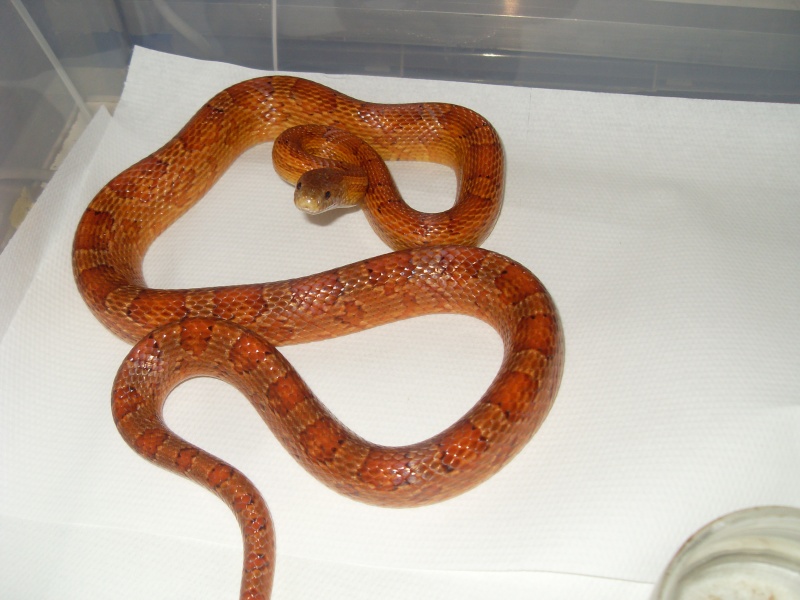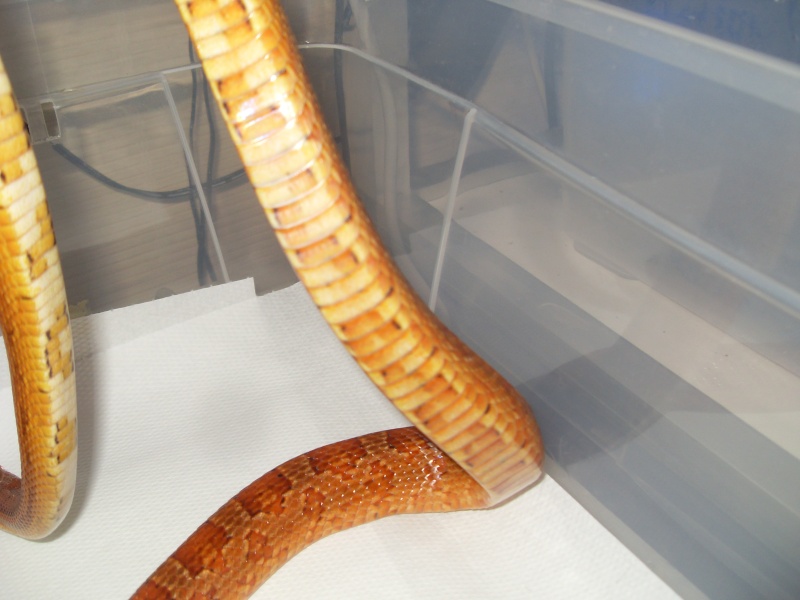Serpwidgets
New member
I am asking you a direct question. You say you have the answer, so answer it. Just because you are mad that I will not let you ignore the question does not mean I am being condescending.TBurkeIII said:i just cant for the life of me figure out why you (serp) feel so strongly towards this area and feel the need to be condescending
I am not interested in nor will I be distracted by your constant attempts to play "I'm insulted." Any post can be read in any tone. If you want to read my posts in a "condescending" tone of voice then by all means you are welcome to do so.
I can play the same "I'm offended" tactic:
I find it offensive that time after time you continue to tell us you know something that we don't, yet you cannot even begin to explain what that thing is. Instead of directly addressing the topic at hand, you keep trying to turn it into a personal issue.
You say "i am learning like all the rest of us about the T+ issue and the learning hopefully will never stop." No. THAT is offensive. That is the point I've been trying to make the whole time... there are some of us who know enough about the "T+ issue" to know that it is irrelevant and pointless.
"then again it is not my job to try and educate anyone about it either." Right, we are the ones who have something to learn and you don't have time to teach it to us. THAT is offensive.
You claim that "EXTENSIVE studies do exist in the university about this topic it just may take some time and effort to find." and "the bottom line is that there was and is extensive research on this topic to go by." You have not shown one bit of research that has any relevance to the subject. Quit insulting our intelligence by telling us "there is extensive research" and insinuating that we are too stupid to find it.
Yay, I can play the "I'm offended" card, too. Whatever, it has nothing to do with the topic at hand. Can we quit playing word games and actually discuss the topic at hand?
The question is, "You said that T+ albino does make it easy to know exactly what that animal is genetically. What exactly is that animal, genetically?"
I would appreciate it if you would answer the question instead of continuing to play cheap tactical word games.


